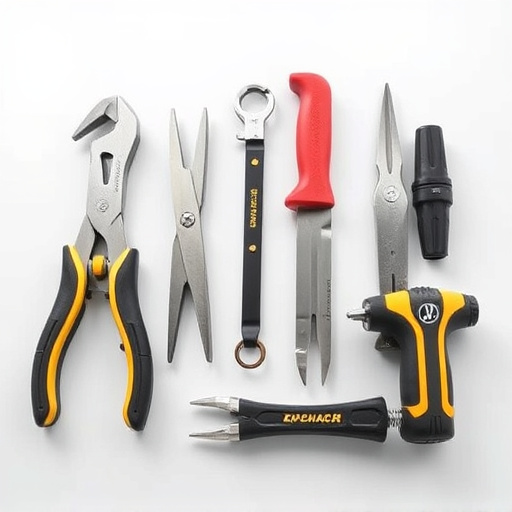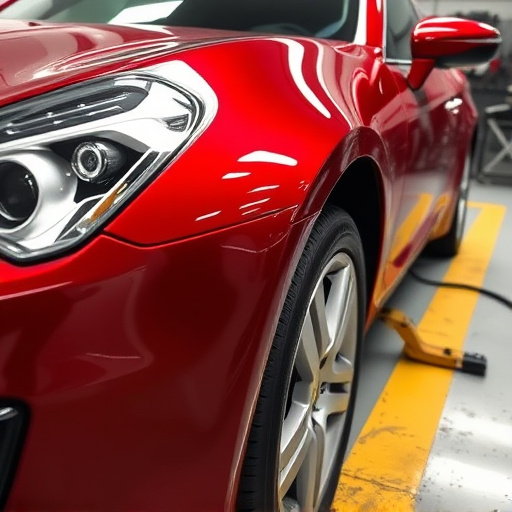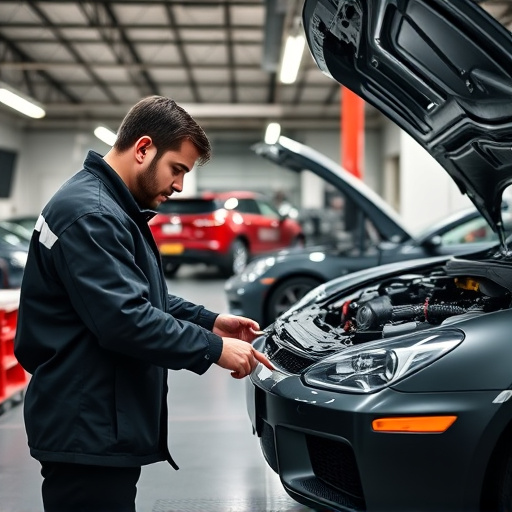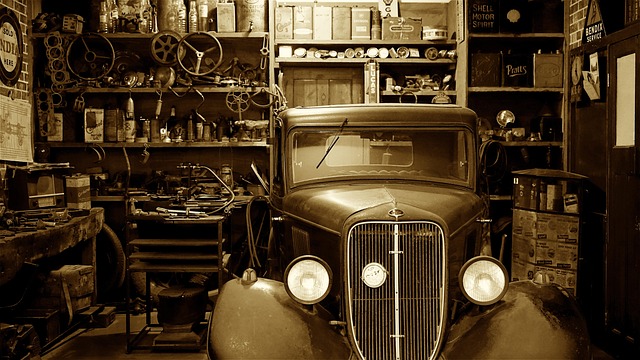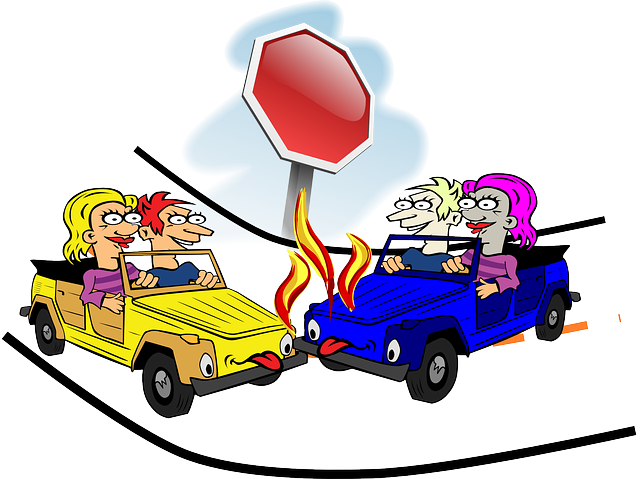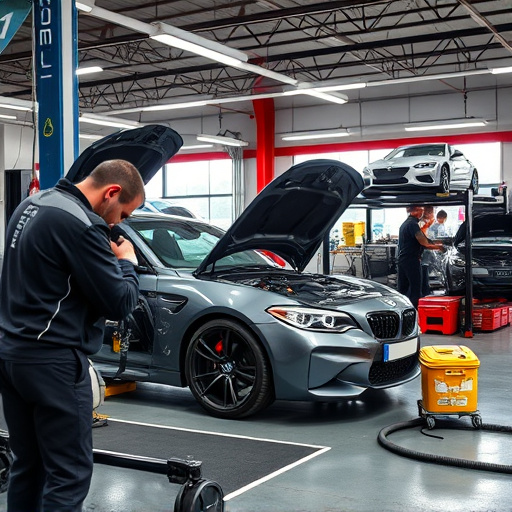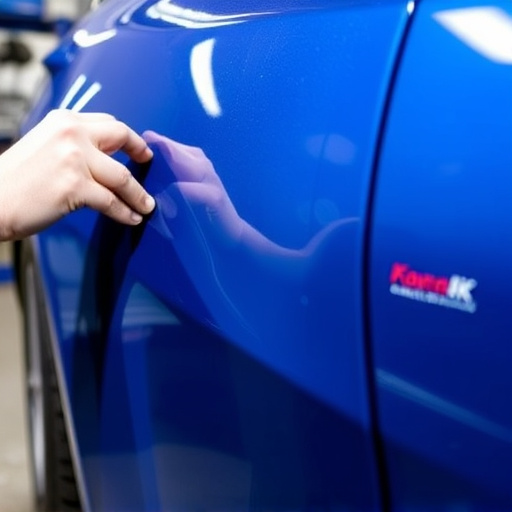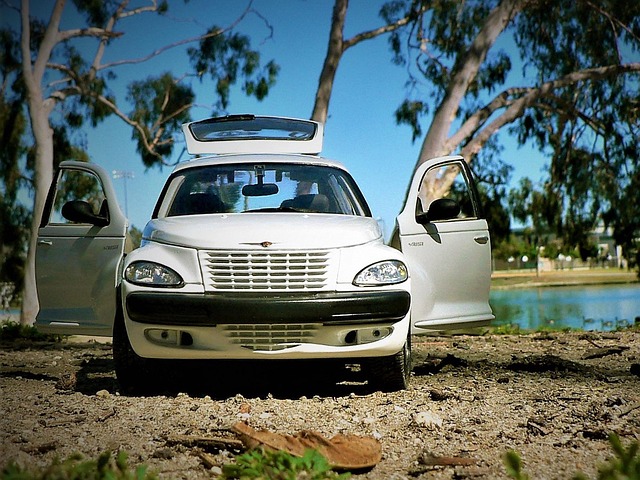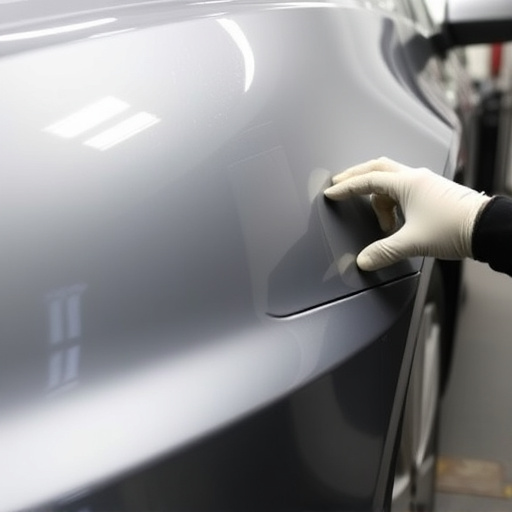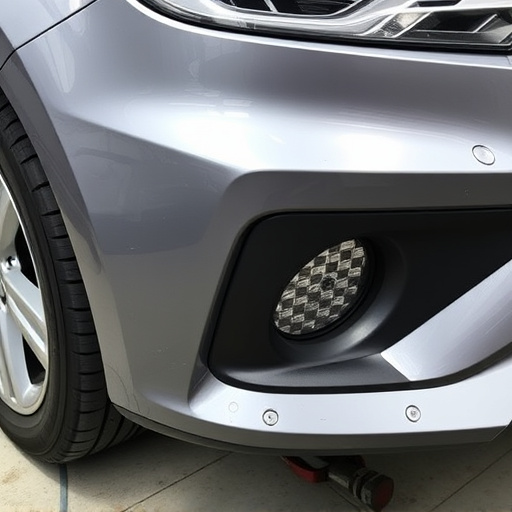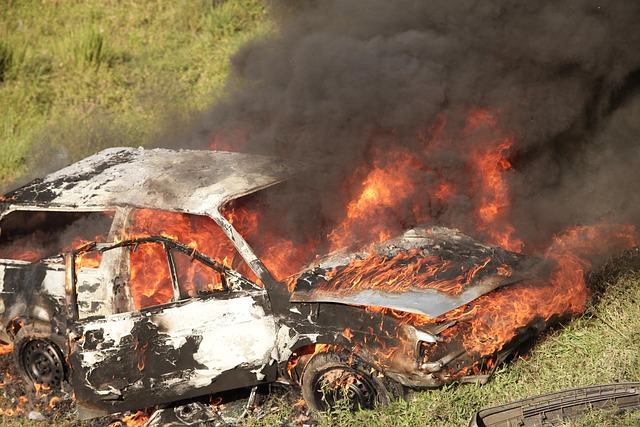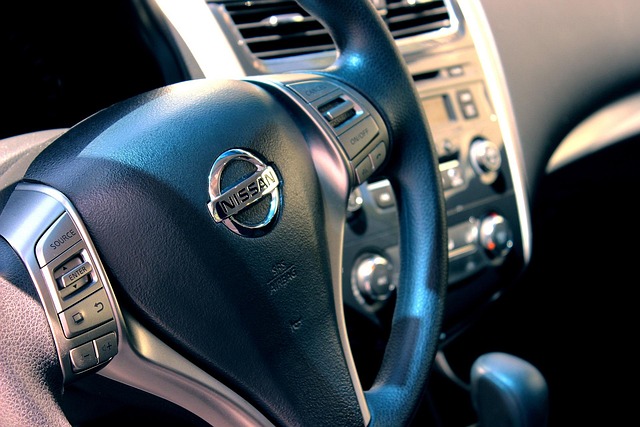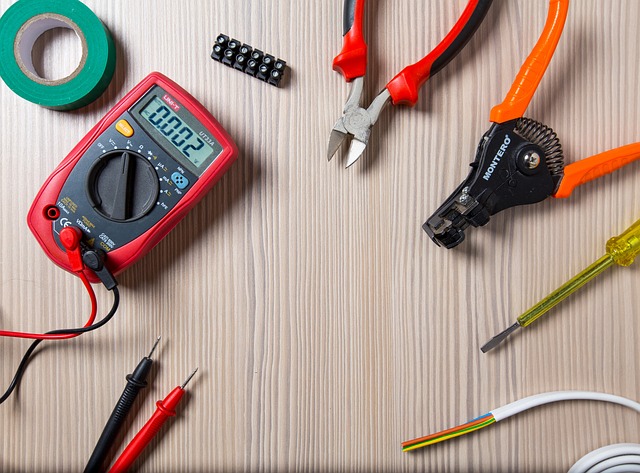Liability claim repair is a vital process in insurance claims management, focusing on restoring vehicles damaged in accidents. It involves assessing damage, from minor dents to structural issues, and selecting appropriate repair methods by skilled technicians. Services range from paint repairs for aesthetic restoration to complex panel and mechanism replacements. The ultimate goal is to restore vehicles to pre-incident condition, ensure safety, streamline claims processes, and enhance customer satisfaction for policyholders and insurers alike. Effective liability claim repair improves insurance outcomes, reduces disputes, and fosters trust through efficient risk management and successful claim resolution.
Liability claim repair is a critical component in the insurance claims process, often underestimated yet pivotal in shaping outcomes. This article delves into the intricate world of liability claim repair, exploring its role in mitigating risks and enhancing insurance results. We’ll uncover the step-by-step process, analyze the significant impact on various stakeholders, and provide strategic insights for successful implementation. By understanding these dynamics, professionals can navigate complex claims with greater efficiency.
- Understanding Liability Claim Repair: Uncovering the Process
- The Impact of Effective Liability Claim Repair on Insurance Outcomes
- Strategies and Best Practices for Successful Liability Claim Repair
Understanding Liability Claim Repair: Uncovering the Process
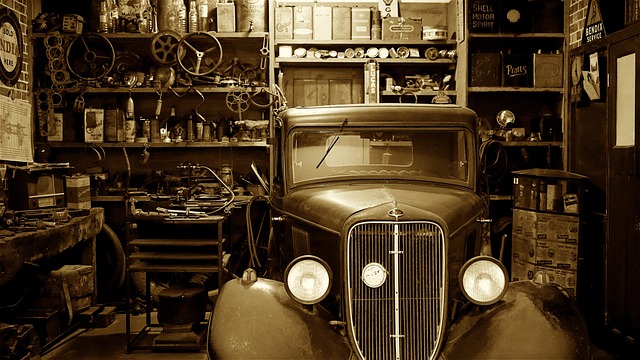
Liability claim repair is a critical process within the insurance claims landscape, specifically focusing on restoring and reclaiming vehicles after an incident. When a vehicle experiences damage due to an auto collision or other events, this specialized service becomes essential. The process involves several steps, beginning with assessing the extent of the damage, which can range from minor dents to major structural issues. Skilled technicians at an auto collision center meticulously evaluate each case, determining the best course of action for repair.
This may include various services such as vehicle paint repair to restore the aesthetic appeal and original color of the car, or more complex procedures like replacing damaged panels and mechanisms. The ultimate goal is not only to return the vehicle to its pre-incident condition but also to ensure safety and reliability on the road. Efficient liability claim repair facilitates a smoother claims process, providing peace of mind for both policyholders and insurance providers.
The Impact of Effective Liability Claim Repair on Insurance Outcomes
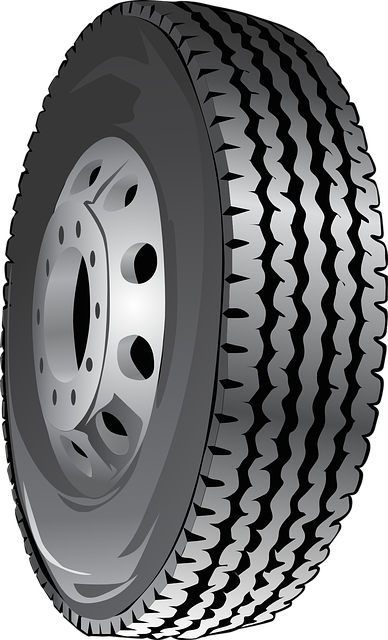
Effective liability claim repair plays a pivotal role in shaping insurance outcomes, fostering a win-win scenario for both policyholders and insurers. When damage to a vehicle, be it through an accident or other unforeseen circumstances, occurs, prompt and efficient liability claim repair becomes crucial. This process involves not just the immediate auto body work or car damage repair, but also meticulous documentation, assessment, and communication.
By prioritizing comprehensive liability claim repair, insurance providers can streamline the claims process, reducing delays and potential disputes. This, in turn, enhances customer satisfaction, encourages timely vehicle body repair, and fosters trust between the insured and the insurer. Furthermore, efficient liability claim repair can significantly mitigate financial losses for both parties, demonstrating the value of proactive measures in managing risks and resolving claims effectively.
Strategies and Best Practices for Successful Liability Claim Repair
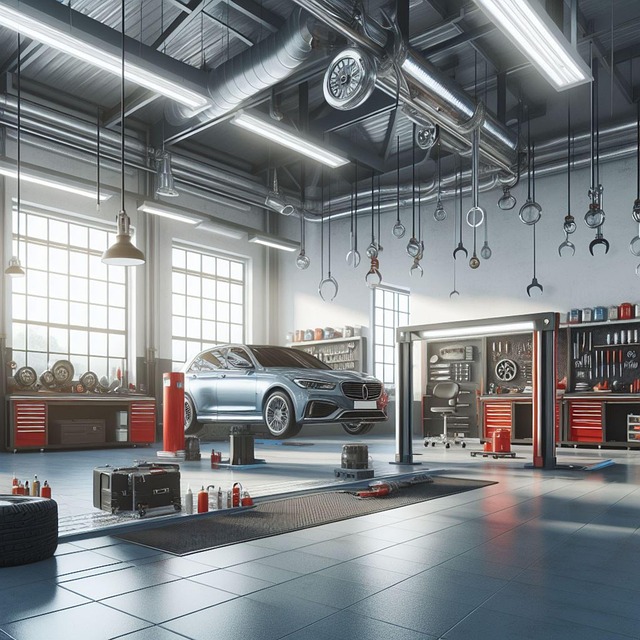
Liability claim repair is a strategic process that requires a meticulous approach to restore and enhance the value of damaged property, most commonly in auto painting and collision repair services. Successful repair involves several best practices that insurance providers and repair shops should adopt. One key strategy is effective communication, ensuring clear and transparent dialogue between all parties involved, from the initial claim assessment to the final restoration. This includes providing accurate estimates, explaining procedures, and addressing client concerns promptly.
Additionally, utilizing advanced technologies and techniques in car paint repair can significantly enhance the outcome. Repair shops should stay updated with modern tools and methods, offering not just structural repairs but also aesthetic enhancements. This might include using specialized equipment for precise color matching during auto painting, ensuring the final product aligns perfectly with the vehicle’s original finish. By combining comprehensive training, state-of-the-art facilities, and a customer-centric approach, liability claim repair can deliver exceptional results, fostering trust and satisfaction among policyholders.
Liability claim repair plays a pivotal role in enhancing insurance claims outcomes. By understanding the intricate process, implementing effective strategies, and adhering to best practices, insurance professionals can significantly mitigate losses, foster better client relationships, and contribute to a more efficient claims management system. This holistic approach not only repairs but also strengthens the foundation of insurance services, ensuring satisfaction for all stakeholders involved.
